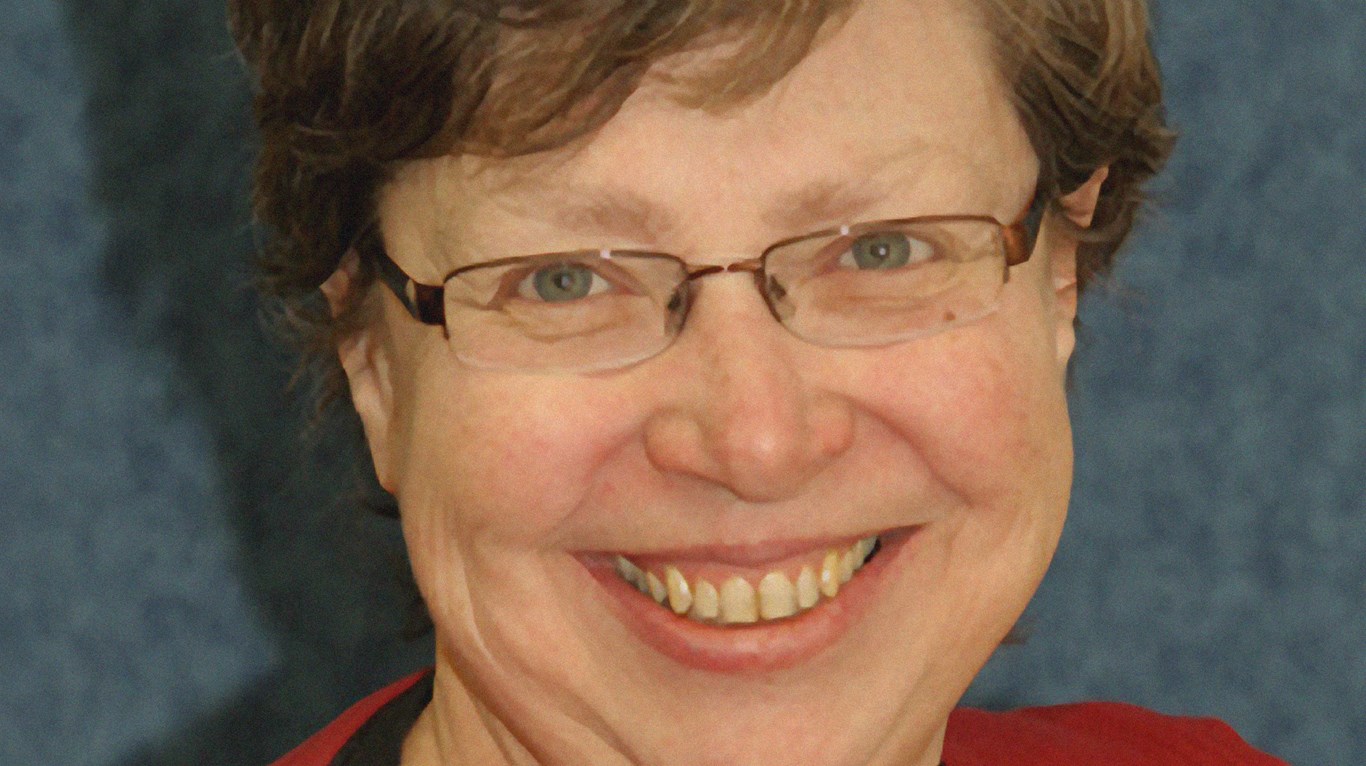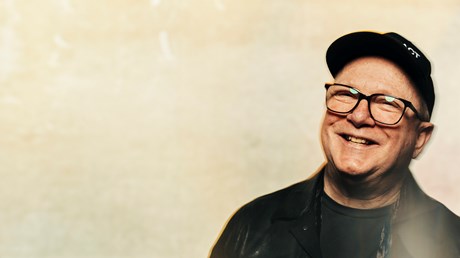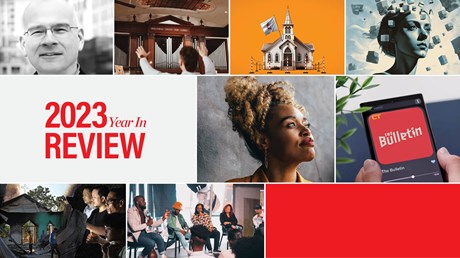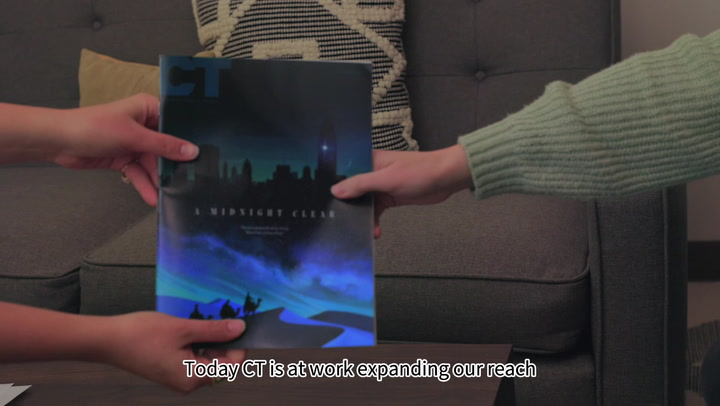
Will you help encourage and connect the church?
Give NowWill you help encourage and connect the church?
Give NowStaying at any company for 35 years is quite a feat. Staying in the rapidly changing world of publishing for 35 years, though, is unbelievable. Yet Cindy Cronk, currently Christianity Today's longest-serving employee, has done just that. We sat down with her to get a glimpse of all she's seen in her time here.
What brought you to Christianity Today?
I was the typesetter for Campus Life magazine when it was with Youth for Christ, then it's only publishing company. In 1982, we merged with Christianity Today. I've been here since.
What roles have you had in your time here?
I've been a typesetter, a systems manager (I installed the first PC that CT had—now that's a scary thought!), production manager, and director of production services.
What exactly does the production team do?
When an issue of a publication—digital or print—closes advertising sales, we take the ad list and the issue plan from the editorial team and prepare a thumbnail, or issue map. We keep the master copy and keep advertising and editorial informed of changes. We collect and prepare ad materials for printing, communicate with our customer service representatives regarding details of upcoming issues, and prepare print-ready PDFs for the printer. We upload files and traffic proofs, changes, and approvals. We oversee the printing of all inside space materials (like the bind-in cards that ask you to subscribe), and we make sure our publications conform to postal regulations. We are the primary contact for our printers and digital vendors. And when designers, ad executives, or marketers want to try something different, we help them determine feasibility by estimating costs and getting postal approval.
How have technological advances in the last 35 years affected what you do?
I started off working for a typesetting company. Anything that was printed had to be put together by designers, typesetters, layout artists, and strippers. Sounds exciting, I know. In those days everything was typeset and sent to a film house, where paste-up boards were shot with a camera, and all the layers were stripped together. Four pieces of film were produced for every page, one for each of the four colors: cyan, magenta, yellow, and black. That film was then used to burn the print plate which went on the press.
When I started here, art was sent out to the film house to be shot. The film house sent back a kind of proof that we placed for layout positioning purposes. Type was produced photographically and cut and pasted onto boards with either rubber cement or wax. Advertisers sent in film and color proofs. On the day we sent everything out, we collected all the pieces, checked the boards for color, put everything into a box, and sent it overnight to the film house. Those boxes sometimes weighed 30 pounds. Now, everything we do is digital. No more typesetters, camera operators, or strippers.
Wow! That sounds like a lot of work. I imagine the changes have gone beyond the technological side. How has the publishing world, in general, changed in your time here?
There are a lot more publications these days because the barriers to entry are lower. But so many are here today and gone tomorrow. They have a lot of flash, but you need more than flash to make it work over time. Printing costs have come down some, but postal costs have skyrocketed, making distribution the hard part. That's a big part of the move to everything digital.
Another big change is that people consume print media differently. They read in bullet points and are more visual. Thoughtful, in-depth reporting seems to be on the decline.
Can you share a few of your favorite memories from Christianity Today so far?
My first memory comes from the merger days. Campus Life was a bunch of overgrown teenagers. Most of us were in our 20s, and we always dressed in casual attire. But Christianity Today had this stuffed shirt image. So when we found out we'd be joining them, we all dressed in our fanciest duds. Verne Becker, and editor with Campus Life, even wore his tuxedo from his glee performances. So we're all dressed up, and Paul Robbins, from Christianity Today, came for a meeting … wearing jeans. We didn't think anyone from Christianity Today owned jeans. The transition and blending of the two cultures was an experience.
Did the fun continue after the merger? Were you surprised by the atmosphere at Christianity Today?
We used to have an annual awards luncheon called the Barnabus T. Plitzer Awards. We'd go to a nice venue for lunch and have a program and awards, which were all mock awards. There were skits and songs and general silliness. Christianity Today has always placed a high priority on humor, and we've had some of the funniest people ever working here.
That still seems true today. There is a lot of spontaneous fun.
We did a lot of spontaneous things. One day Dave Hemstreet, part of the Financial Operations team, noticed a lot of people were wearing red—it was near Christmas—so he went around collecting everyone wearing red and turned them into Christmas carolers, singing their way through the building.
There's certainly a lot of fun, even though publishing can be a difficult ministry. Any last words of wisdom to share?
How we do what we do will continue to change, but who we are and what we do won't. Our core is constant because we serve an unchanging God. It's a privilege to work here. Christianity Today has become a home away from home for me and my extended family. I appreciate what we do and am proud to be part of this team.








